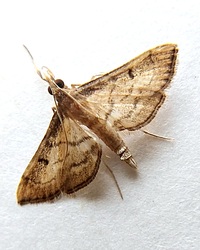
| Recorded by: Mark Basinger on 2025-10-24
Brunswick Co.
Comment: | 
| Recorded by: Allison Garton on 2025-08-28
Moore Co.
Comment: |

| Recorded by: David George, Jeff Niznik, Rob Van Epps, Kevin Metcalf on 2025-07-20
Richmond Co.
Comment: | 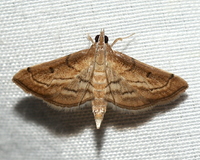
| Recorded by: David George, Jeff Niznik, Rob Van Epps, Kevin Metcalf on 2025-07-20
Richmond Co.
Comment: |
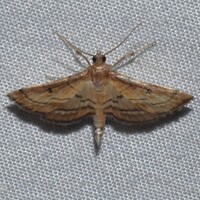
| Recorded by: David George, Jeff Niznik, Rob Van Epps, Kevin Metcalf on 2025-07-20
Richmond Co.
Comment: | 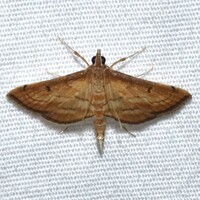
| Recorded by: David George, Jeff Niznik on 2025-05-24
Richmond Co.
Comment: |
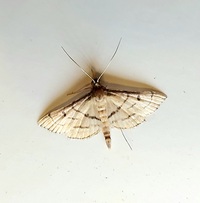
| Recorded by: Mark Basinger on 2024-10-04
Brunswick Co.
Comment: | 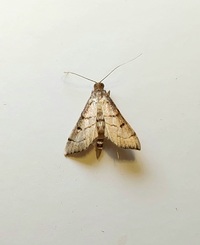
| Recorded by: Mark Basinger on 2024-10-04
Brunswick Co.
Comment: |
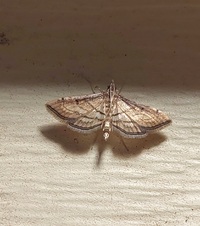
| Recorded by: Mark Basinger on 2023-10-27
Brunswick Co.
Comment: | 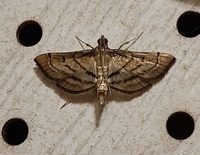
| Recorded by: Mark Basinger on 2023-09-30
Brunswick Co.
Comment: |
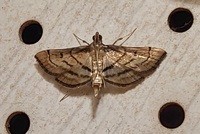
| Recorded by: Mark Basinger on 2023-09-30
Brunswick Co.
Comment: | 
| Recorded by: Jim Petranka, Bo Sullivan, and Steve Hall on 2022-07-24
Moore Co.
Comment: |

| Recorded by: Jeff Niznik on 2022-07-23
Wake Co.
Comment: | 
| Recorded by: J.B. Sullivan on 2021-06-07
Scotland Co.
Comment: |
|

 »
»


 »
»
